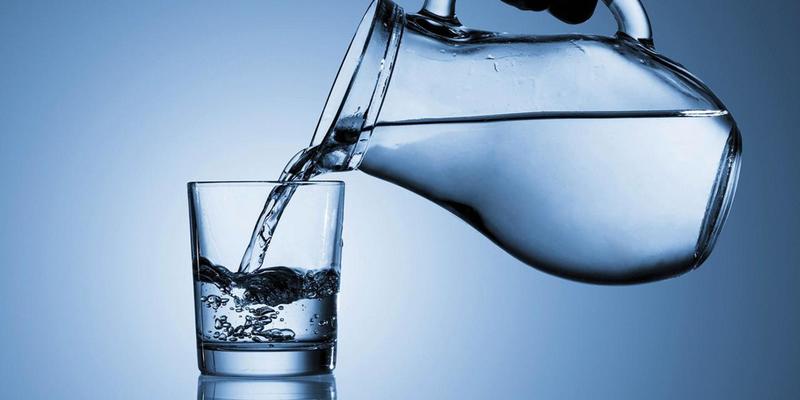It seems that practically everyone from adults to young children are aware of the dangers of dehydrations. From a young age, children are taught to drink plenty of water, especially if they are going to exert themselves with physical activity. This is especially true for athletes, who arguably require more hydration than your average person.
Could there be a point of overhydration where a person puts themselves in physical harm? It seems ridiculous, given that water is vital to life, but it is true that overhydration can be a serious issue. What makes overhydration such a danger is that most people are completely unaware that it could even be a problem.
Unfortunately, overhydration is a serious problem that'll continue to be overlooked unless we examine it further. There have even been notable deaths of young, student athletes who have overhydrated themselves. How much water should a person drink? At what point should a person stop drinking water? We'll answer these questions and more in this article.

Overhydration isn't just a silly wives tale. In the last four years, there have been at least two deaths of high school football players from overhydration. Both of which occurred during August football practice. . In August 2014, a high school football player in Mississippi named Walker Wilbanks died of overhydration - or as it's medically known: exercise-associated hyponatremia. A player in Georgia died after drinking two gallons of water and two gallons of Gatorade, which might seem like a ridiculous amount, but maybe not after an intense practice.

Oddly enough, dehydration hasn't been recorded to have killed any football players in that same period of time, so we can see that the issue is actually more prevalent and dangerous than dehydration, which is what most people actively worry about. If this is the case, why is overhydration still being practiced?
As gross as it may sound, many people use the color of their urine to decide whether or not they are hydrated. That method is sso popular that a University of Texas football coach made a urine color chart in 2017. The chart is used to notate which colors are unacceptable. Still, let's say that your urine is a dark brown color. That is no excuse to drink four gallons of liquids. Care must still be taken.

People are also taught that if they become thirsty, it means that they are already dehydrated, but this just simply isn't true. Your brain is hardwired to tell you if you require water or not. When you feel thirsty, that's your body's way of telling you to drink. It does not mean you are past your limit, requiring excess water.
Before we decide what can be done about this problem, we must first understand what exercise-associated hyponatremia (overhydration) really is. It is the dilution of blood salt levels below the normal range, caused by drinking too much water, or in the case of athletes, sports drinks. What may cause a lot of the confusion is that exercise-associated hyponatremia mimics the symptoms of dehydration. That certainly doesn't clear up the picture at all. Most people's inclination would be to drink more water after they were feeling the effects of overhydration.

The best way to avoid exercise-associated hyponatremia is to only drink when you feel thirsty, and use common sense regarding how much water is acceptable to drink. If an athlete is very hot, they can dump ice water on themselves. This will cool their body without affecting their salt levels whatsoever.